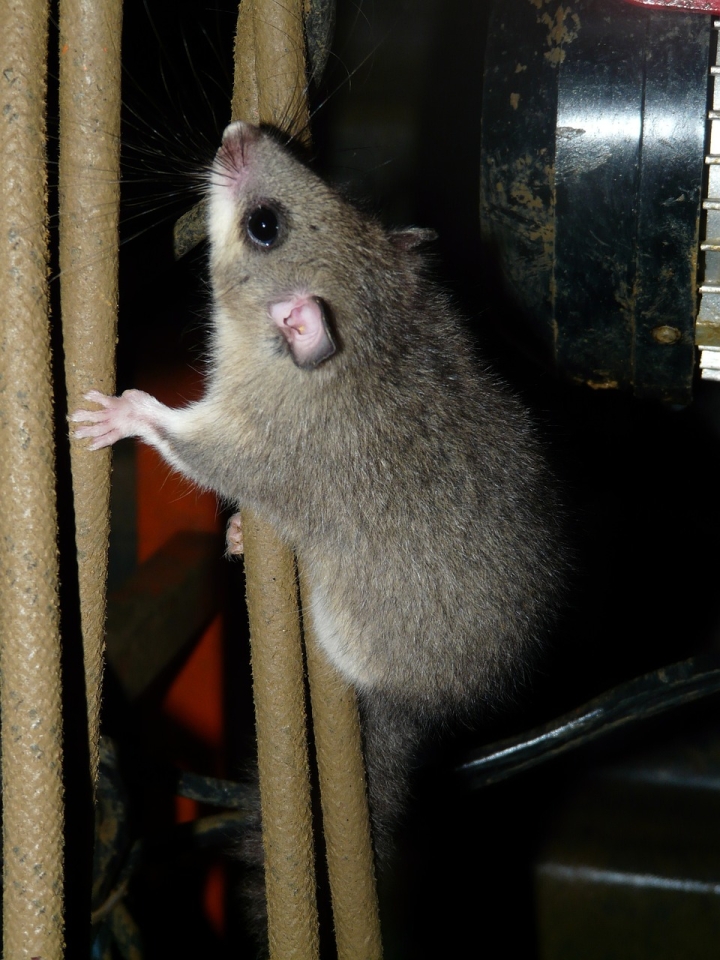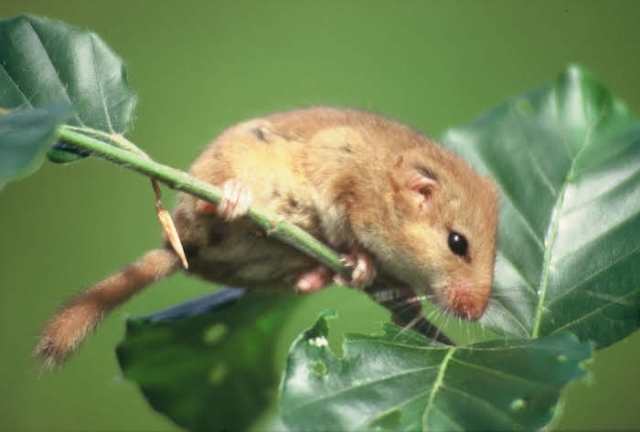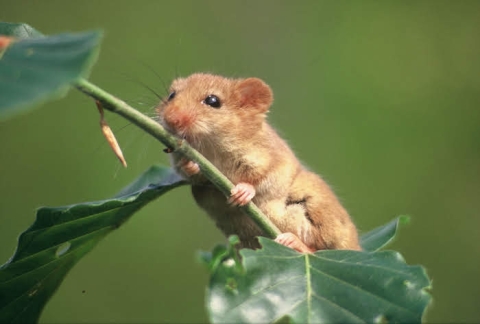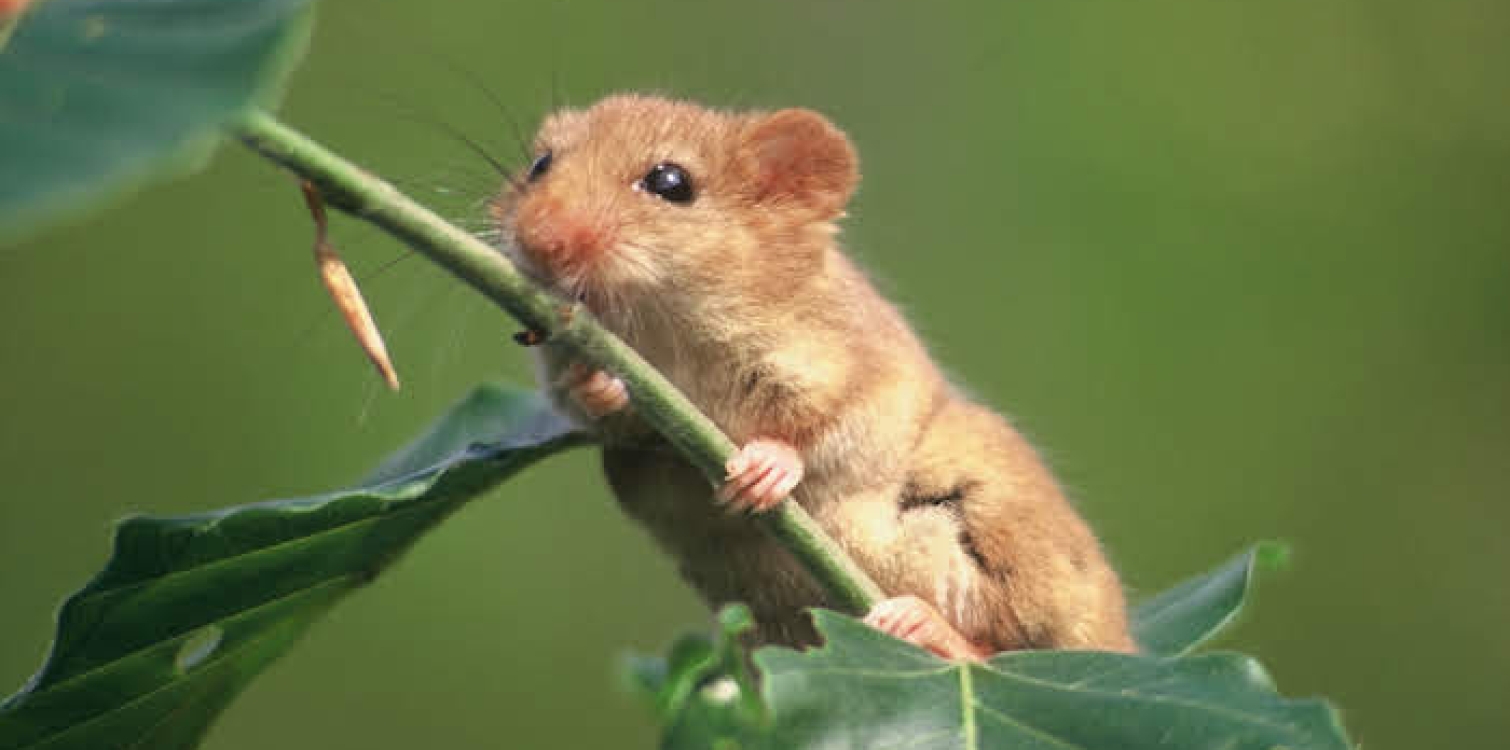
Source: Pixabay
Edible dormouse (Glis glis)
| Size |
|
| Weight |
|
| Diet |
|
| Habitat |
|
| Kingdom |
|
| Trunk |
|
| Class |
|
| Order |
|
| Family |
|
| Genus |
|
| Species |
|
The edible dormouse is a rodent that measures up to 16 cm in length without its tail. The tail is almost as long as the body. The silver-grey, dense dorsal hairs turn brown with age, and the belly is white. It has large eyes, with darker grey hairs around them ... as if it had huge dark under-eyes.
In spring, the dormouse is thin from hibernation, but in autumn, it can weigh more than a 250-gram chocolate bar.
It can be found in deciduous and mixed forests of the Karst and mountainous regions, it also likes to stray into orchards, parks, mountain huts and houses.
The edible dormouse feeds on acorns, beech nuts, cones, berries, fungi, nuts, and seeds, and it can also survive on leaves and bark. Although it is primarily herbivorous, its diet sometimes includes bird eggs, young birds, or insects


It is mostly preyed on by martens, weasels, foxes and owls.
The dormouse has a well-developed sense of hearing. Its flexible ears, covered with fine and sensitive hairs, allow it to distinguish different sounds and vibrations. This is why the dormouse can orientate itself perfectly in the dark. He feels around with his long, antenna-like whiskers, which he uses to investigate his surroundings.
The dormouse mates in summer. After a month of gestation, the female gives birth to between 2 and 7 young, which then suckle for a month. They become independent after about 60 days.
DID YOU KNOW?
- During hibernation, a dormouse can lose up to half its body weight.
- The dormouse is a hunted animal in Slovenia. Traditional Slovenian hunting of dormice was first mentioned in records dating back to the 13th century.
- A dormouse's ears can even detect the difference between the sound of the wind and the flight of a butterfly.
- A dormouse's home is called a "polšina"
- The Snežnik Castle is also the location of the Dormhouse museum. Here you can learn about the characteristics and life of dormice. It shows the traditional way of hunting dormice, which was mentioned in the area as early as the thirteenth century and is still relevant today.
Thank you.

